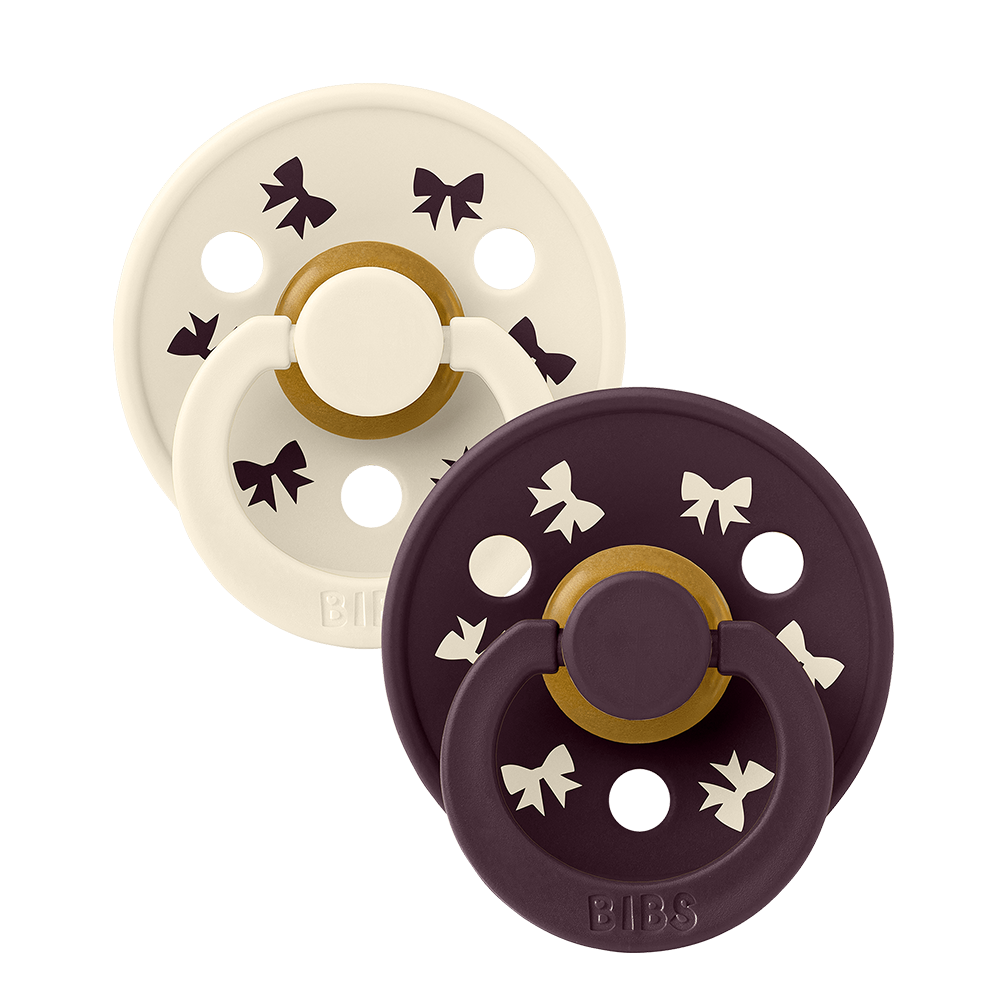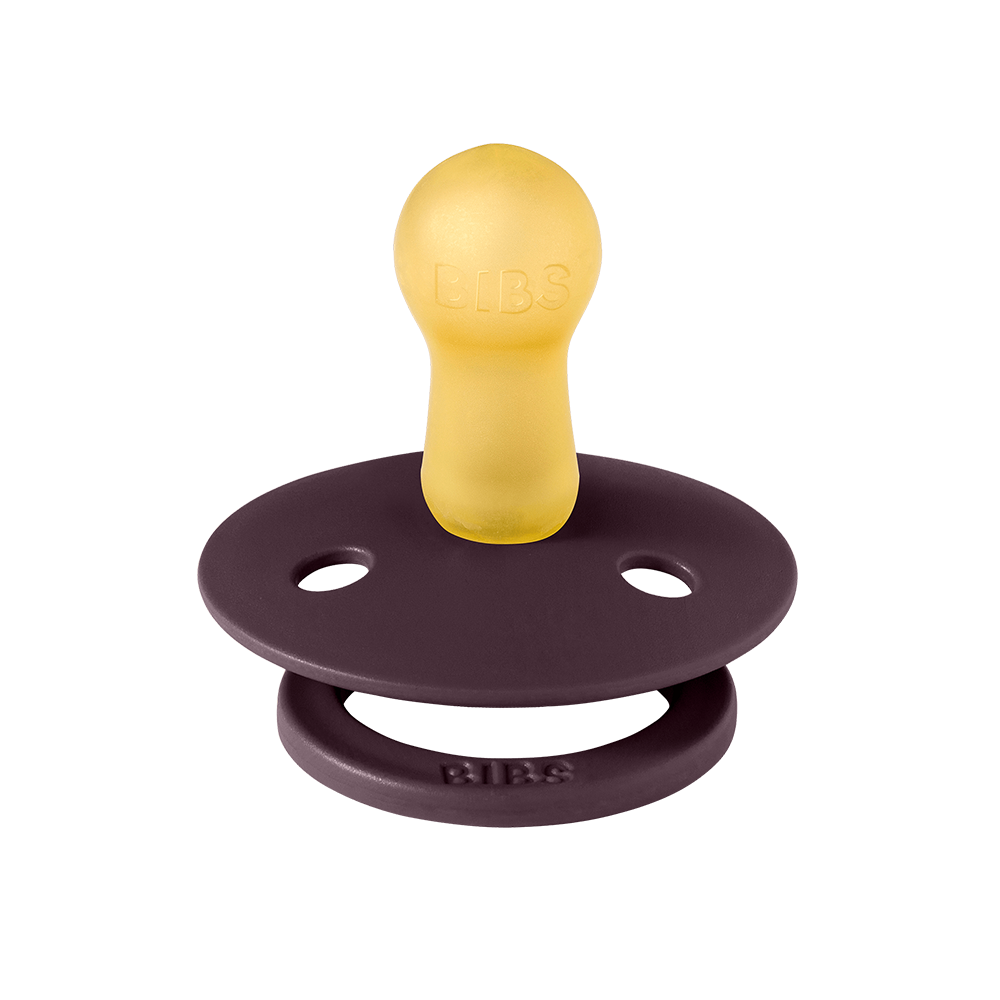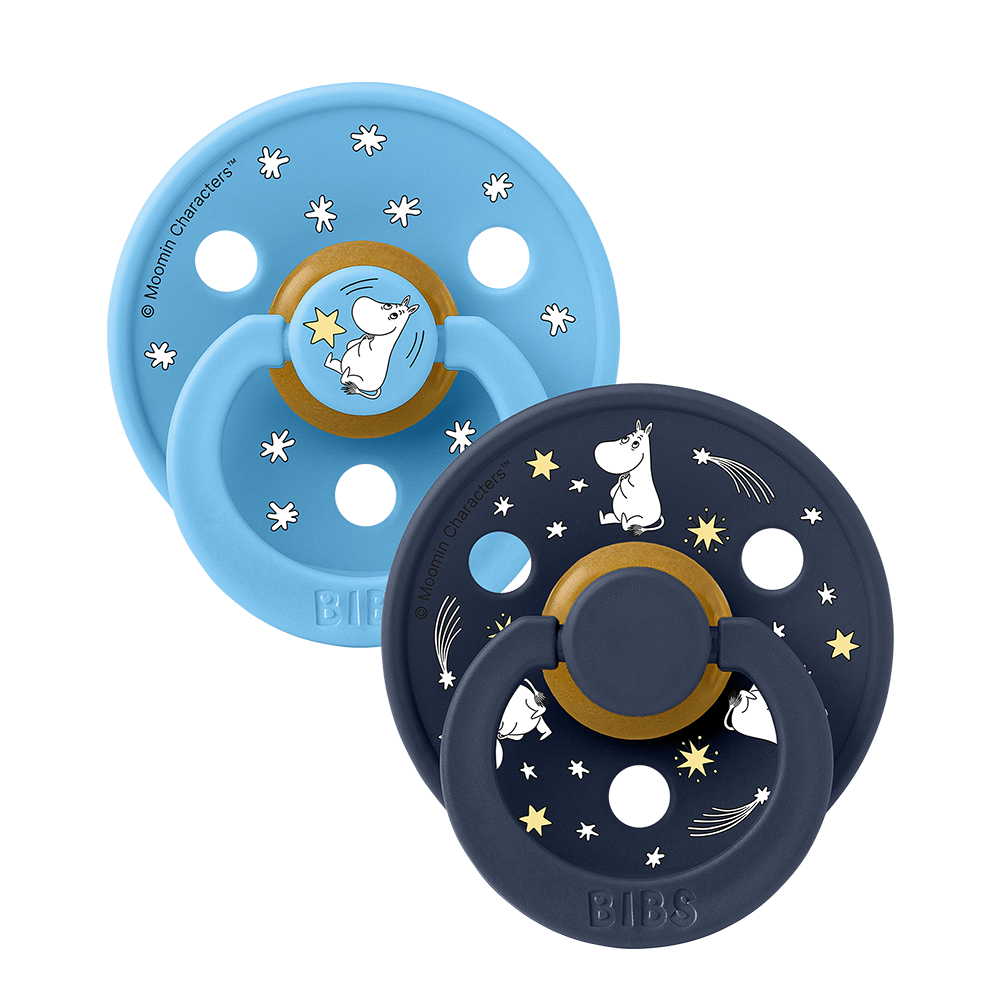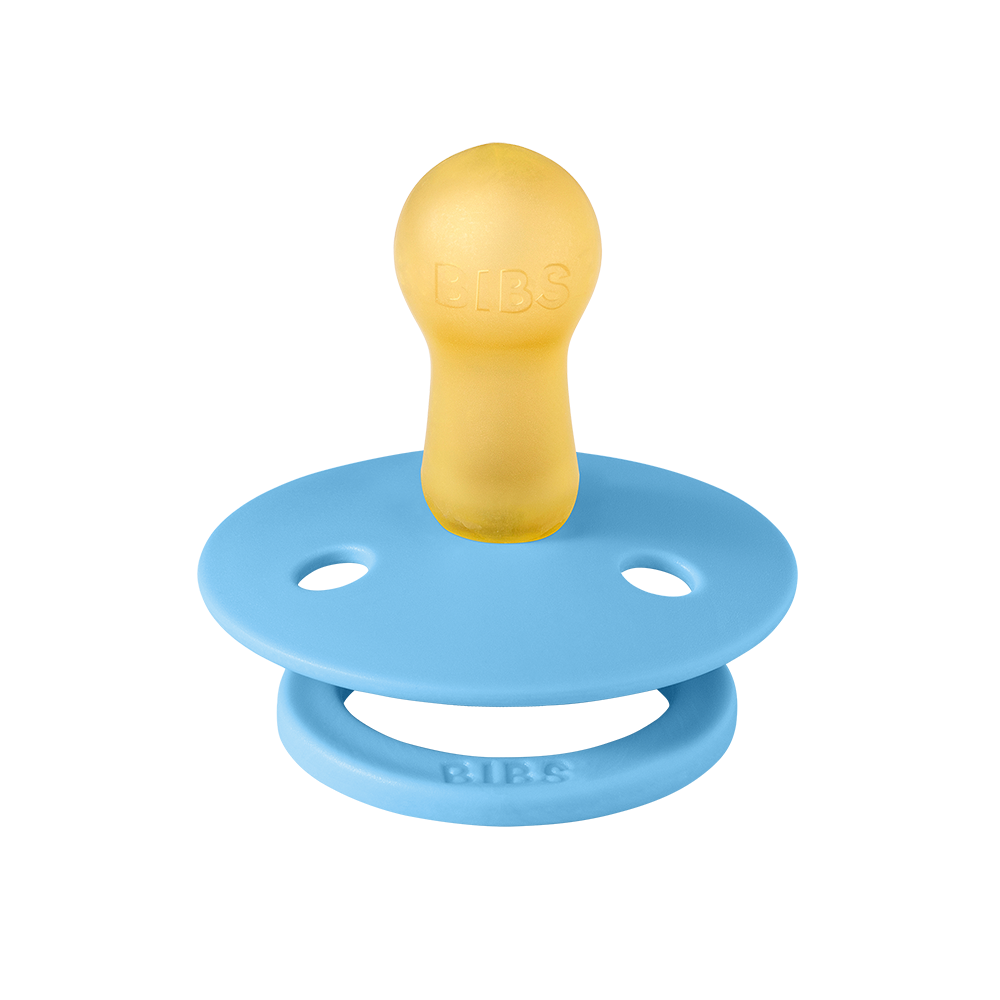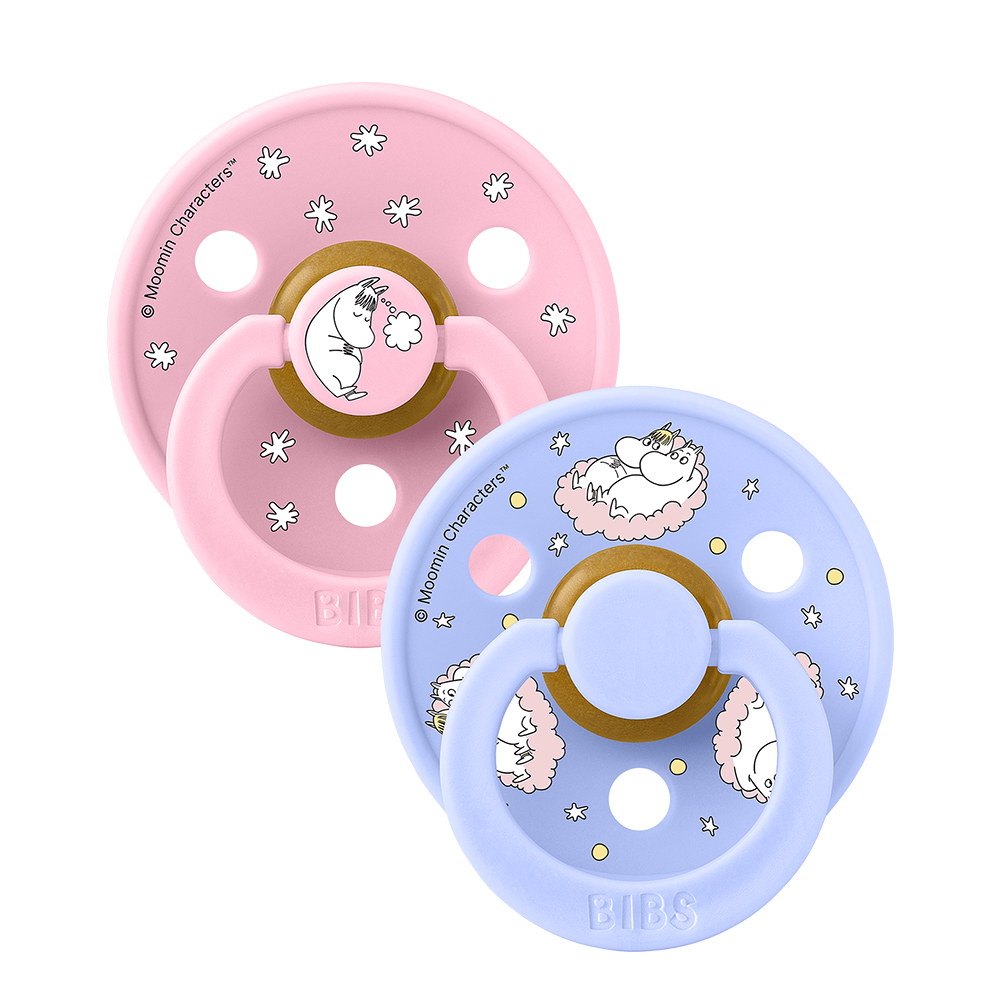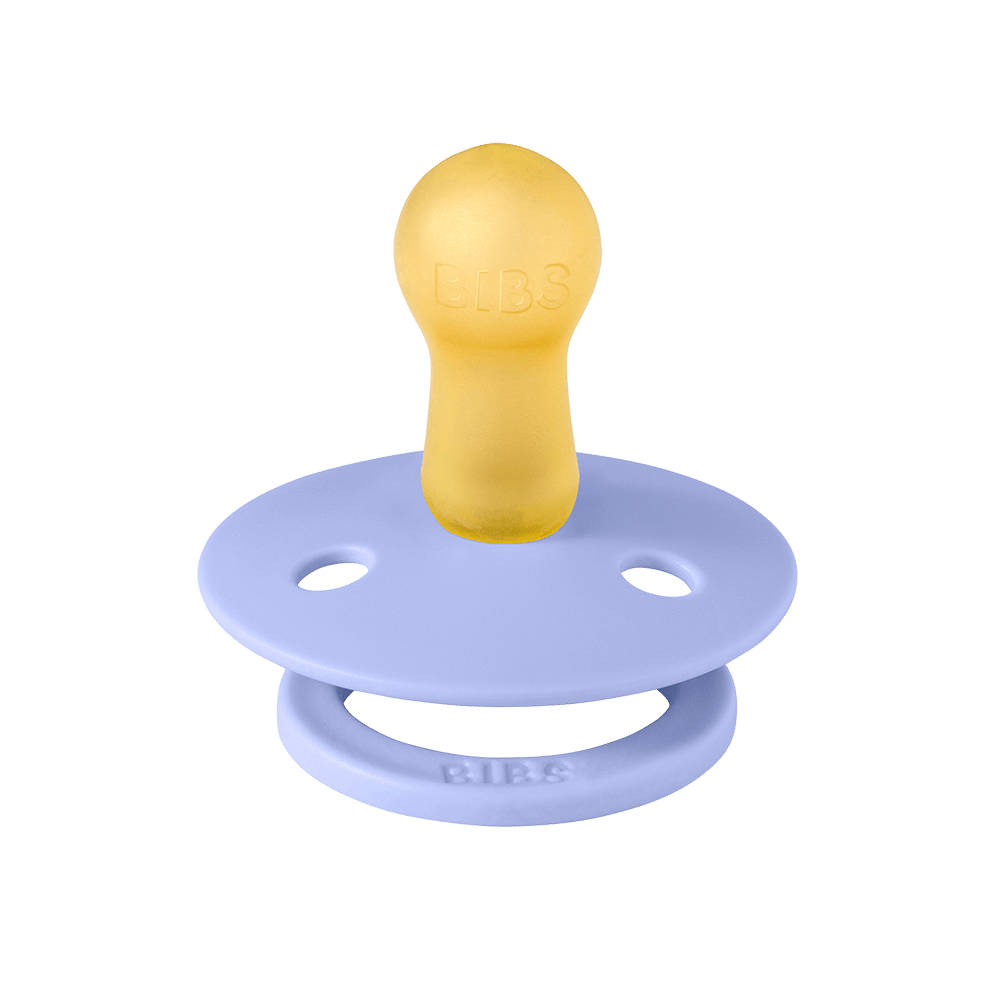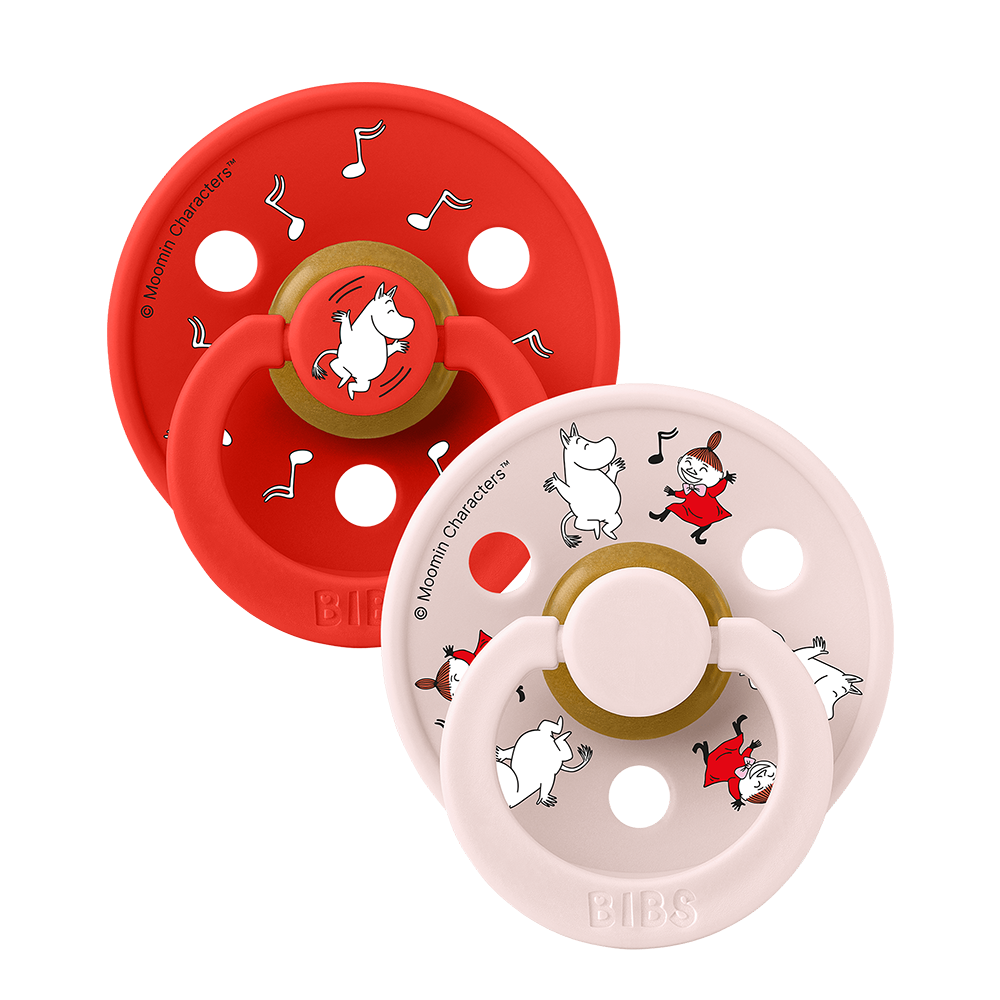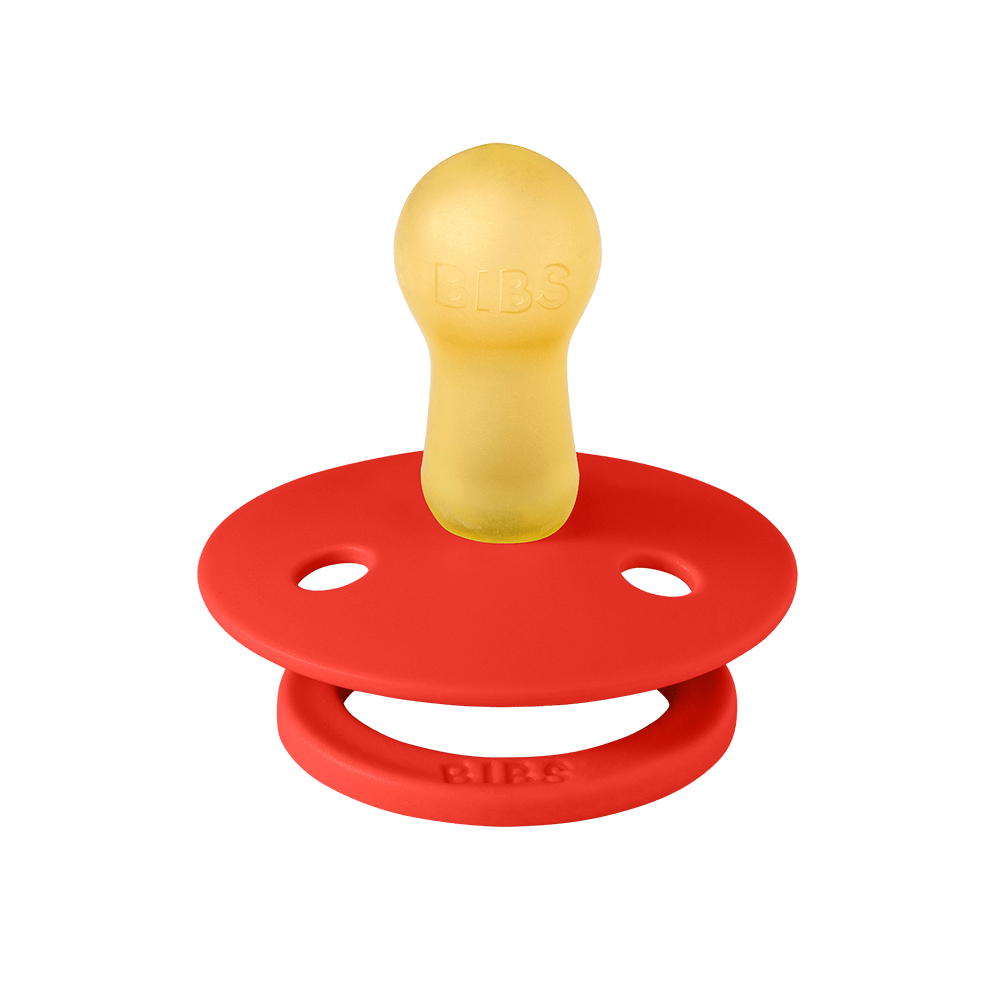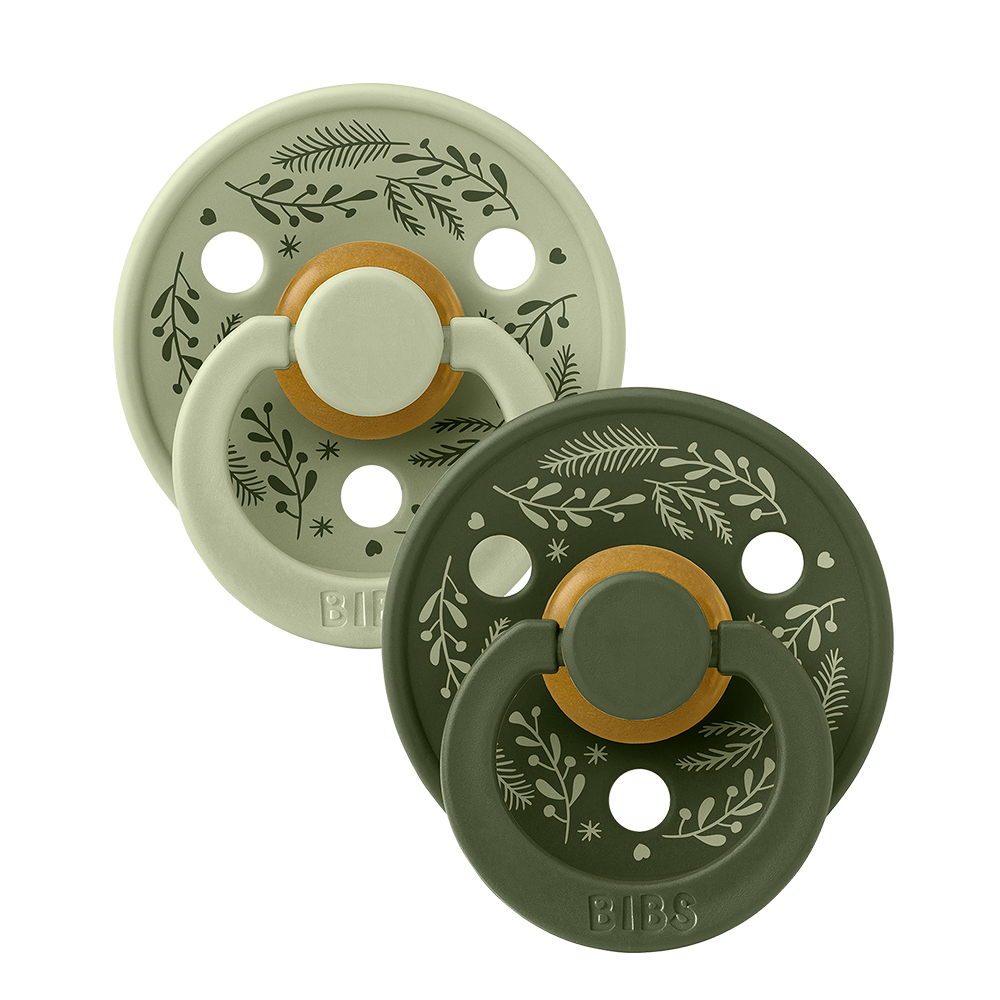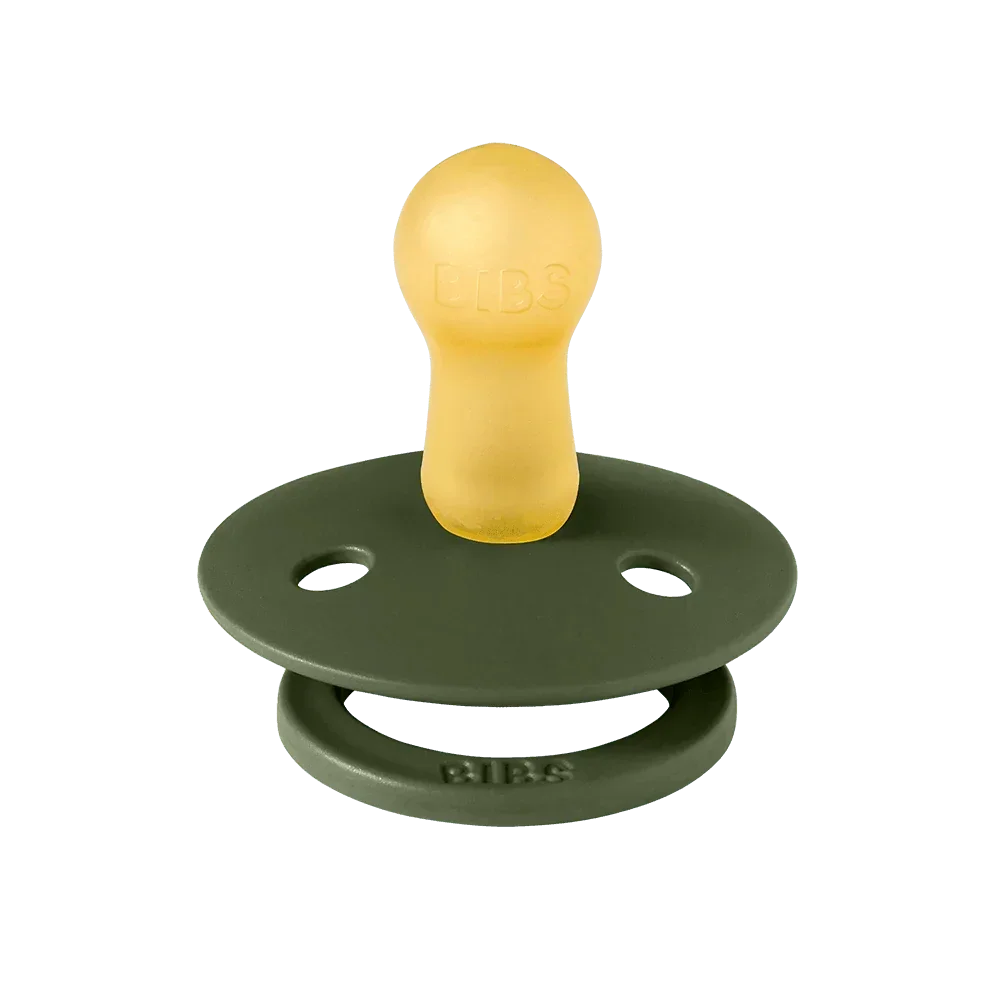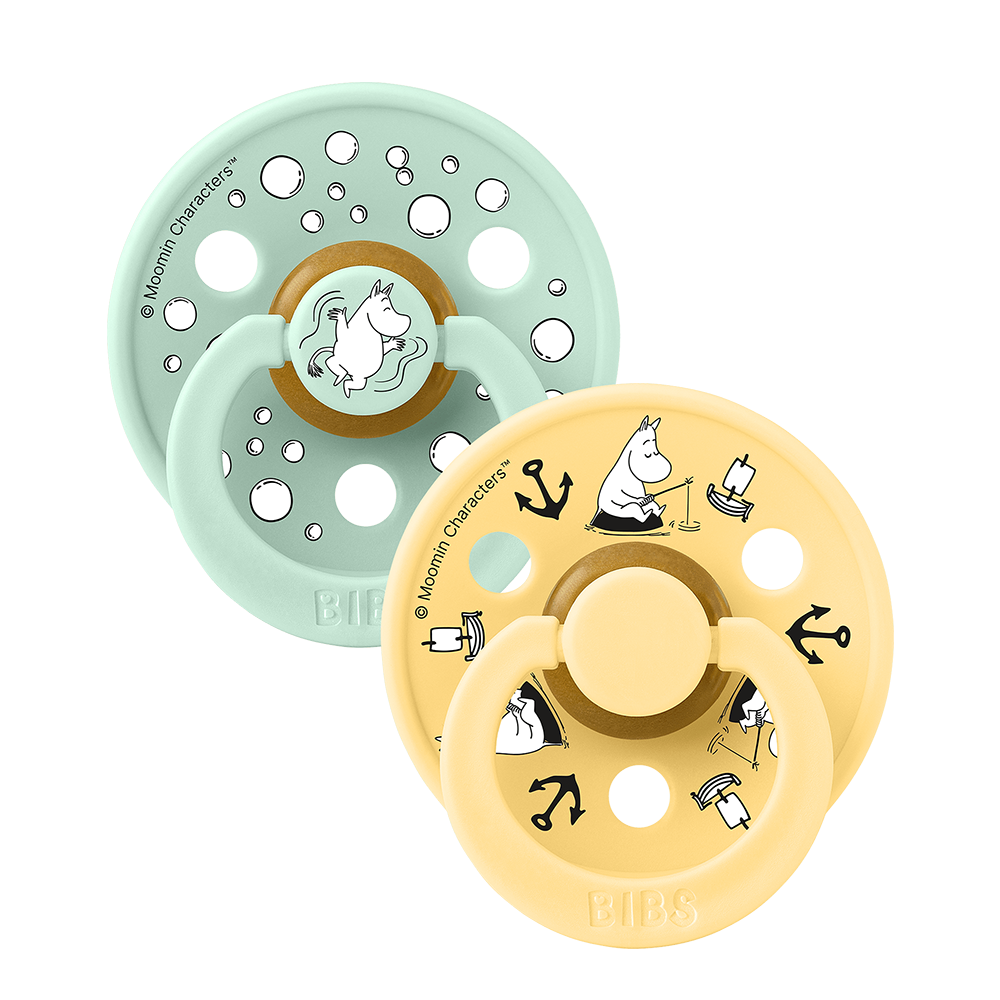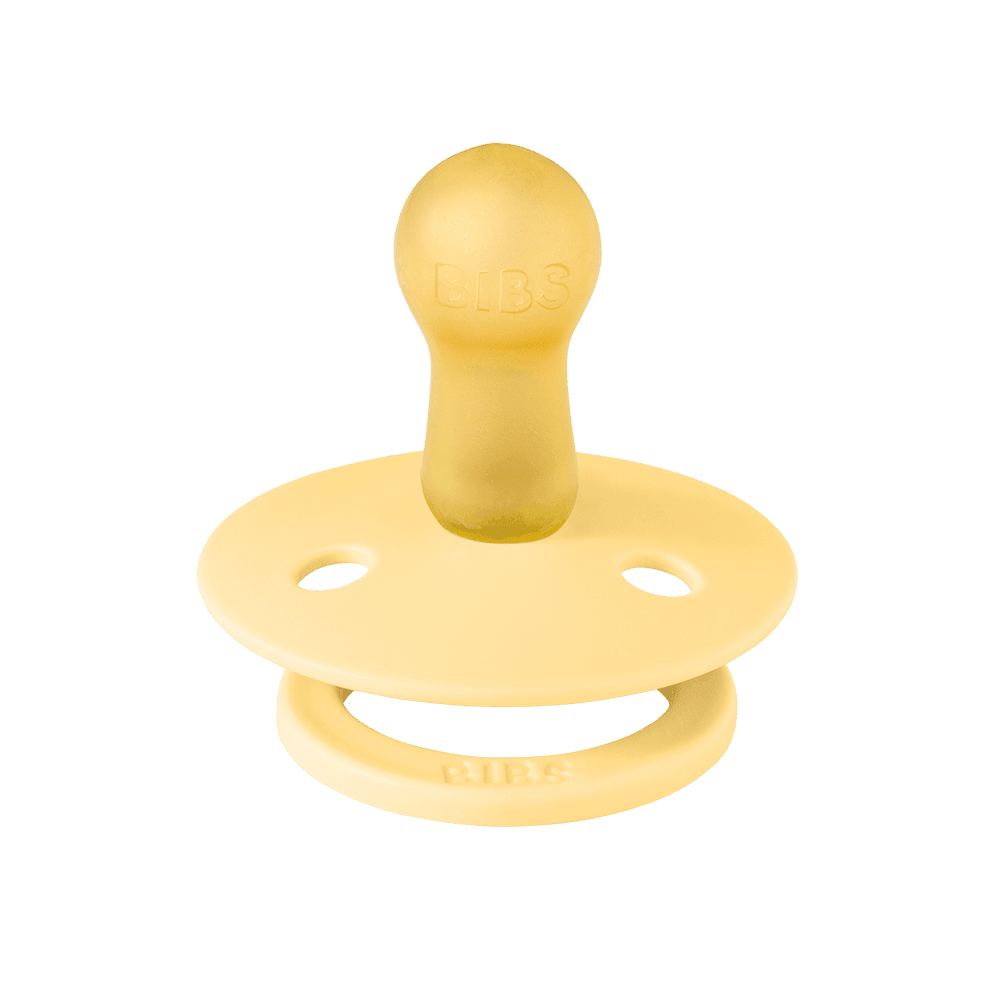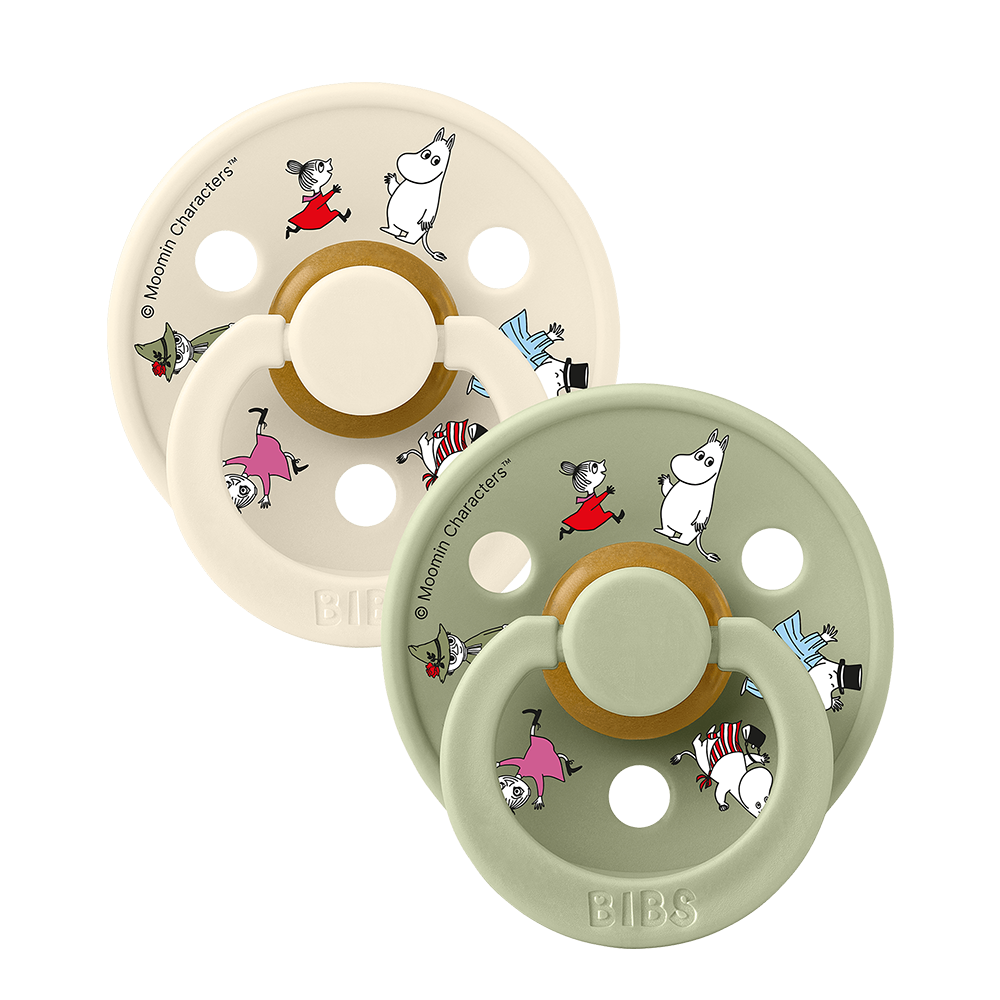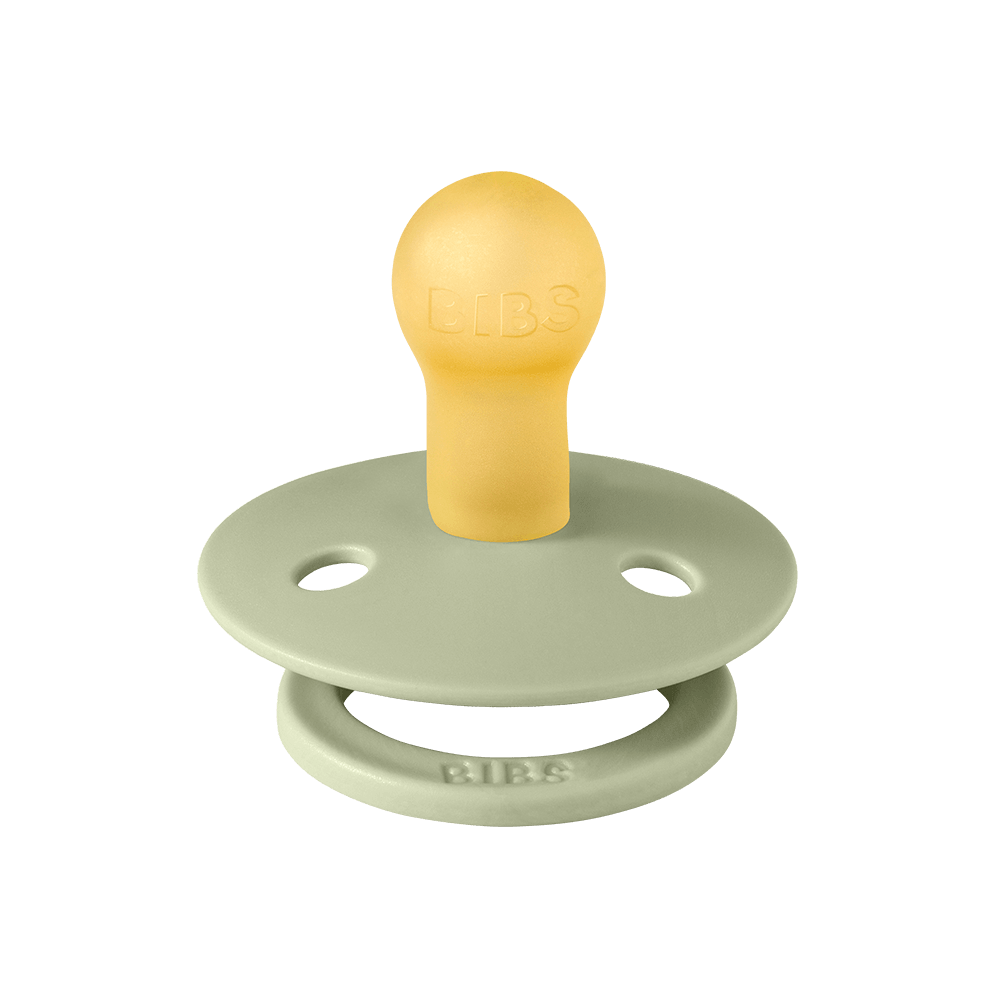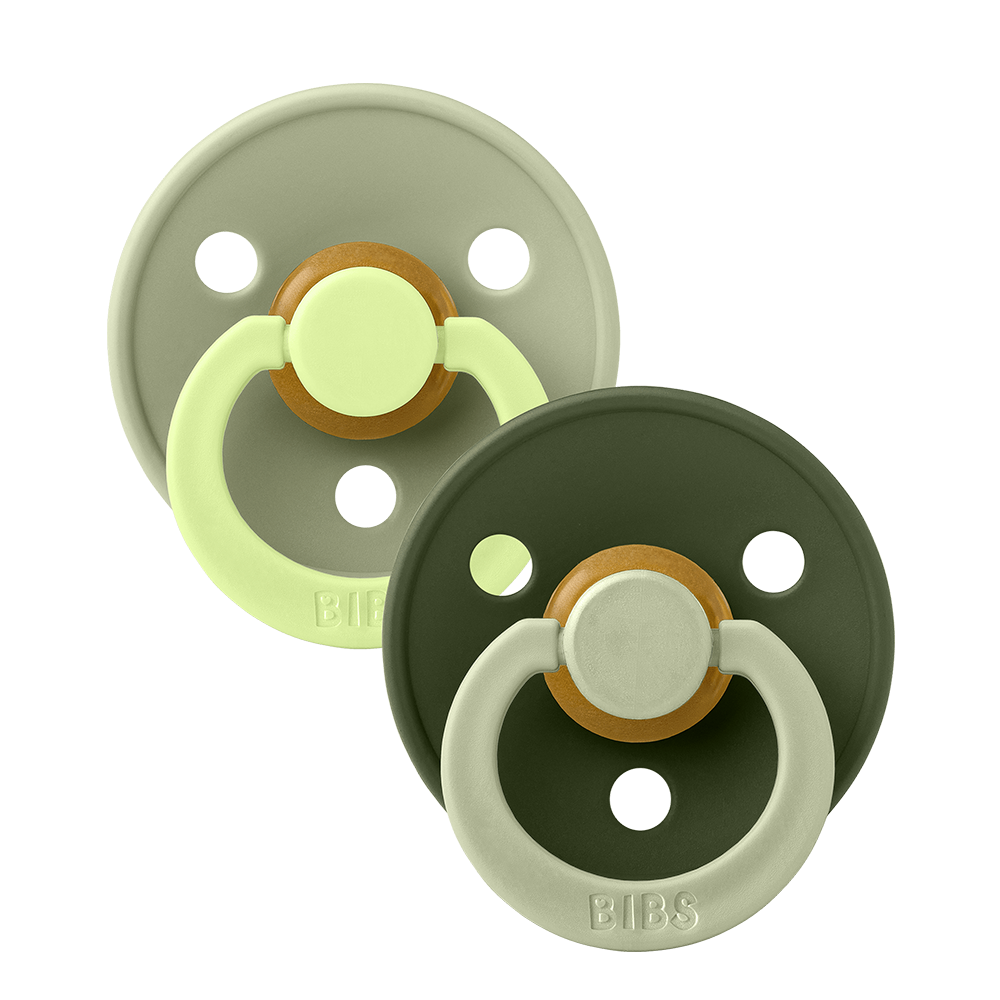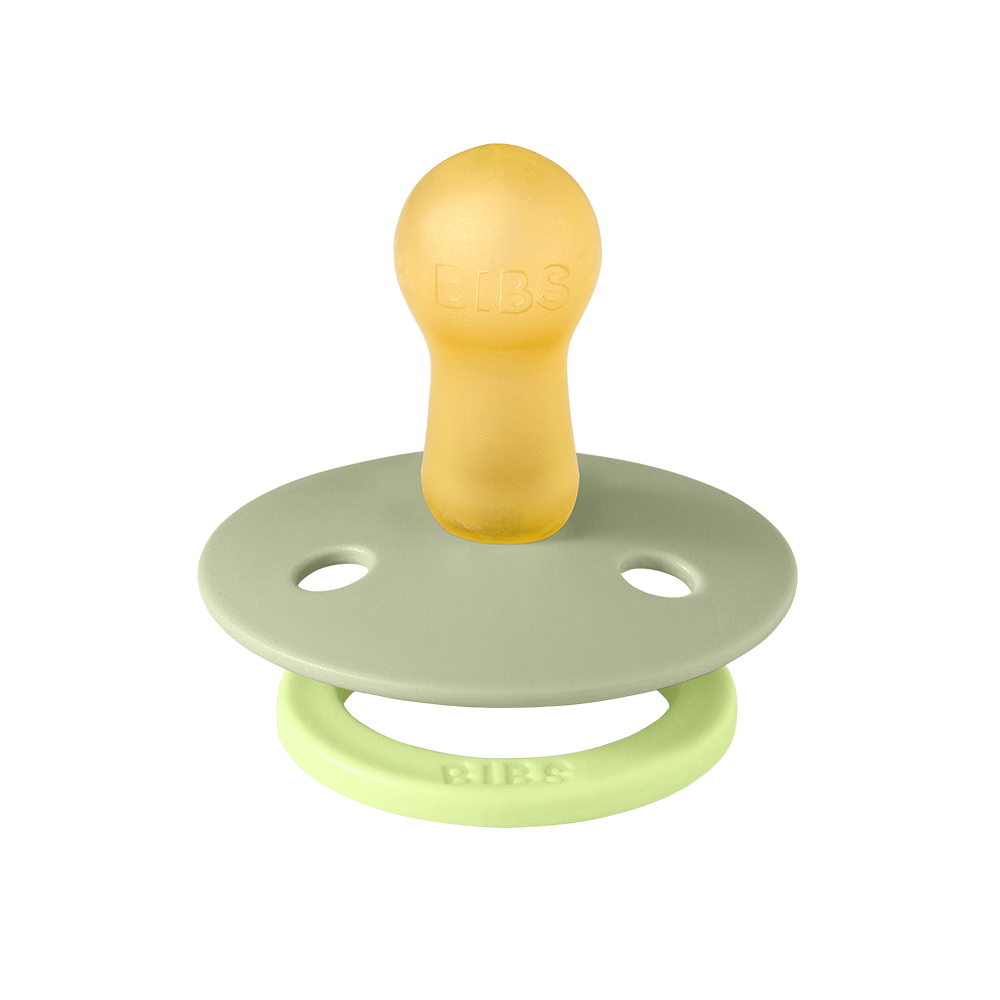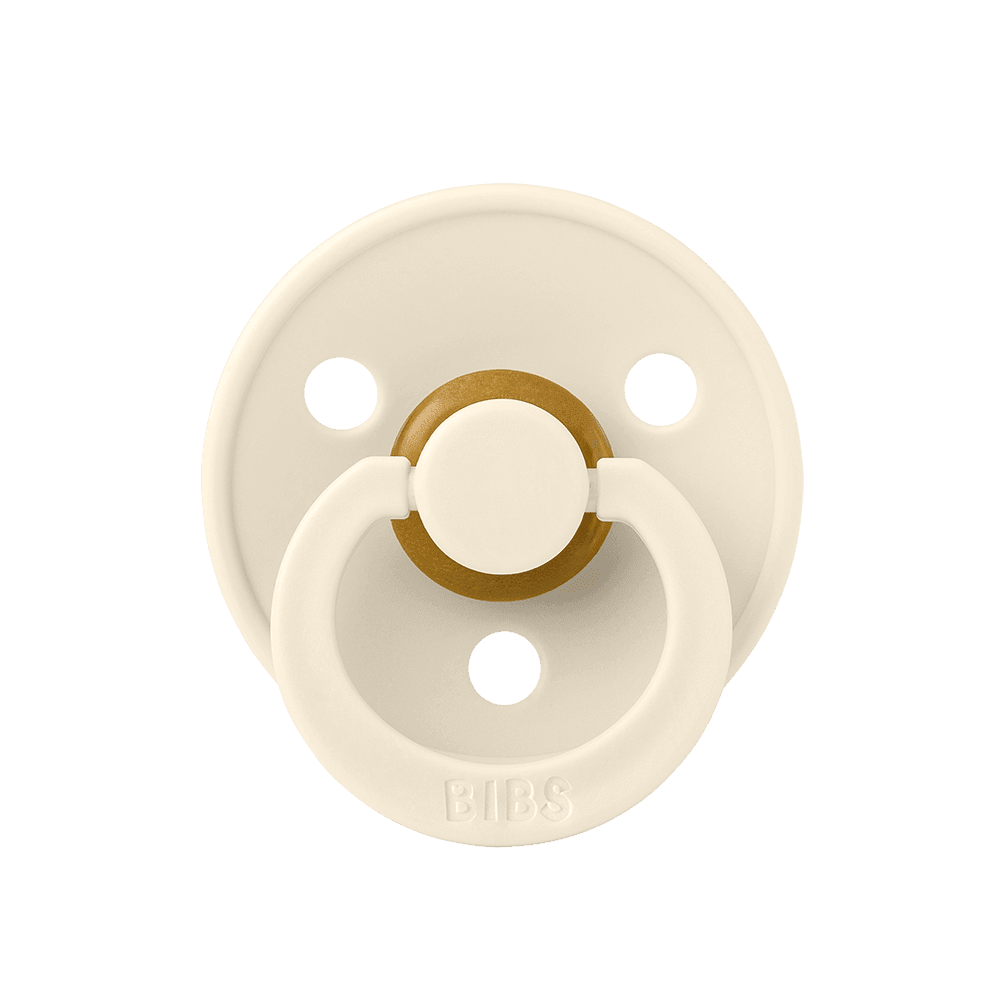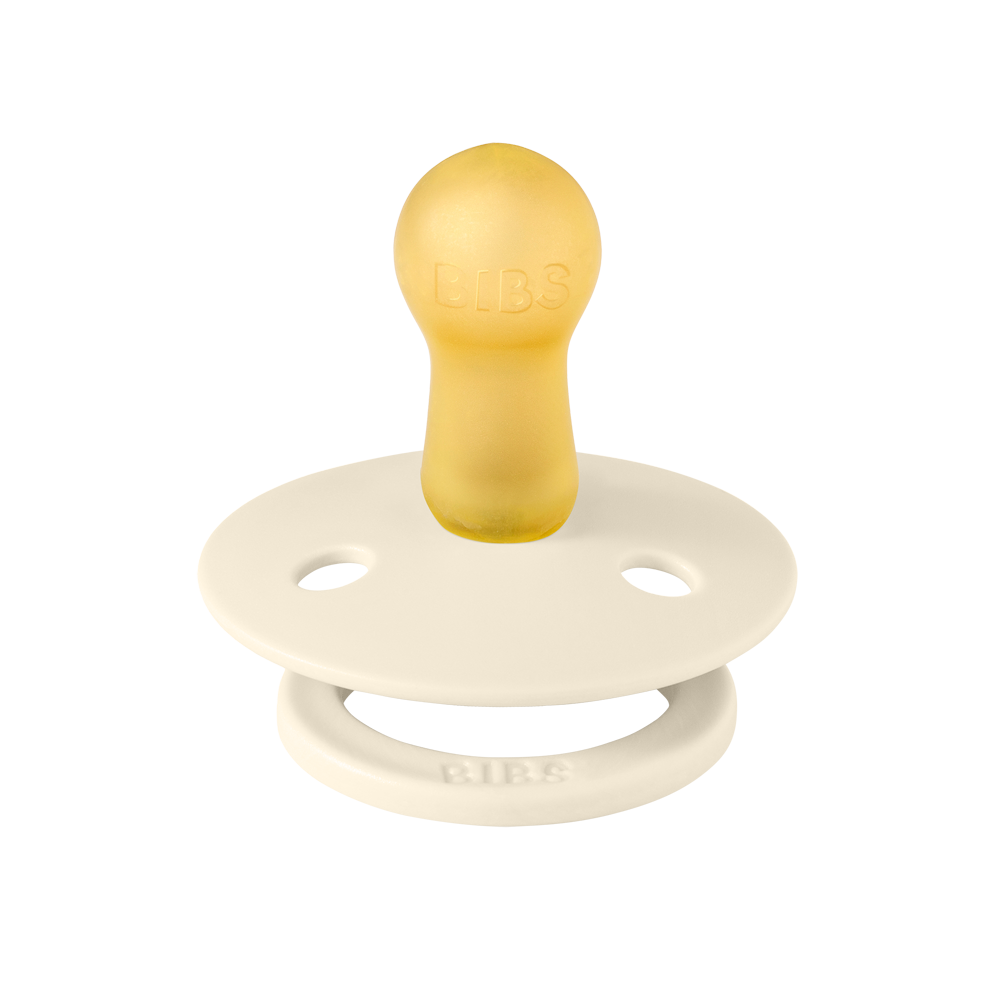
Understanding and tracking wake windows—the period of time a baby is awake between naps—can be crucial for developing healthy sleep patterns. As newborns grow and develop, the length of time they can comfortably stay awake changes. Properly timing baby's naps according to their age can help avoid overstimulation and overtiredness, both of which can disrupt sleep. By observing your baby's natural rhythms and learning to recognize their sleepy cues, you can establish a nap schedule that works in sync with their internal sleep clock.
With each milestone, your child's sleep needs evolve, necessitating adjustments to their wake windows. It's important to remain flexible and responsive to your baby's unique temperament and changing needs as no two babies are the same. Regularly monitoring and tweaking wake windows is key to ensuring your baby gets the restful sleep they need for their growth and development. Adapting to these changes not only supports their well-being but also promotes better sleep for the entire family.
Key Takeaways
- Wake windows are crucial for establishing a healthy sleep routine.
- Recognizing sleepy cues helps time naps effectively.
-
Regular adjustments to wake windows support infant development.

Understanding Wake Windows
Wake windows are crucial for establishing a sleep schedule that aligns with your baby's natural sleep rhythms. These periods of wakefulness between naps directly impact the quality and length of your baby's sleep.
Wake Windows by Age
Newborns (0-3 months) usually have short wake windows, typically 45-90 minutes. As babies develop, their wake windows lengthen. Infants (3-6 months) can stay awake for 1-2 hours at a time. By the time babies reach 6-9 months, their wake windows may extend up to 2-3 hours. For toddlers (12+ months), wake windows can be 3-4 hours long before they need another nap or bedtime.
It's important to note that these are general guidelines and individual babies may have different sleep needs.
Optimizing Your Baby's Wake Windows
To optimize wake windows, observe signs of tiredness in your baby, such as rubbing eyes or fussiness. This can help you adjust nap times to better suit your baby's natural sleep needs. Introducing calming activities as a part of the pre-nap routine can also lead to better sleep, making wake windows more predictable.
Remember that consistency is key—maintaining regular nap times helps solidify wake windows, ensuring your baby is well-rested and happier overall.
Identifying Sleepy Cues
Recognizing your baby's sleepy cues is essential for timing naps effectively. Babies communicate their need for sleep in various subtle ways. Pay attention to the following signs:
- Yawning: Among the clearest indicators that it's time for a nap.
- Rubbing Eyes: This often suggests tiredness, especially if done repeatedly.
- Looking Away: Infants may avoid eye contact or seem disinterested in their surroundings when they need rest.
- Fussiness: A sudden onset of crankiness can signal a need for sleep.
- Slowed Activity: Watch for a decrease in movement or less vigorous play.
Form a routine around these cues to establish a consistent nap schedule. Keep a log if necessary to notice patterns in behavior that typically precede sleep. If you're introducing your baby to a sleep schedule, try gently guiding them to bed upon the first sign of tiredness.
Babies have limited wake windows, which increase as they grow. Adequately timing naps can reduce over-tiredness, helping both nighttime sleep and overall disposition. Remember, every child is different, so what works for one may not work for another. Through careful observation and a little trial and error, you'll find the right balance for your baby's needs.
Monitoring and Adjusting Wake Windows
Understanding Wake Windows
Wake windows are the periods your baby is awake between sleeps. Monitoring these can promote better sleep by helping you recognize when your baby is ready for a nap before becoming overtired.
How to Monitor
- Track Patterns: Observe and jot down your baby's sleep and wake times.
- Look for Cues: Rubbing eyes and fussiness can indicate sleepiness.
- Use Tools: Consider apps or diaries to log sleep times for consistency.
Adjusting Wake Windows
As your baby grows, wake windows change. Here's a breakdown by age:
- Newborns (0-3 months): 45-90 minutes
- Infants (3-6 months): 1.5-2.5 hours
- Older Babies (6-12 months): 2.5-4 hours
How to Adjust
- Gradual Changes: Incrementally extend wake windows as your baby ages.
- Consistency: Try to maintain regular nap schedules.
- Responsive Adjustments: Be flexible and adjust based on your baby's cues.
Tips for Success
- Routine: Establish a predictable daytime routine.
- Environment: Create a calm, sleep-conducive environment.
-
Flexibility: Adapt windows as needed for growth spurts or changes in routine.

By attentively monitoring and adjusting wake windows, you create a foundation for healthy sleep habits. As you observe your baby's responses, you'll fine-tune nap times for optimal rest. Remember that every child is unique, and patience is key.
Read our blog post ‘Why Is My Toddler Waking Up at Night?’ here >
